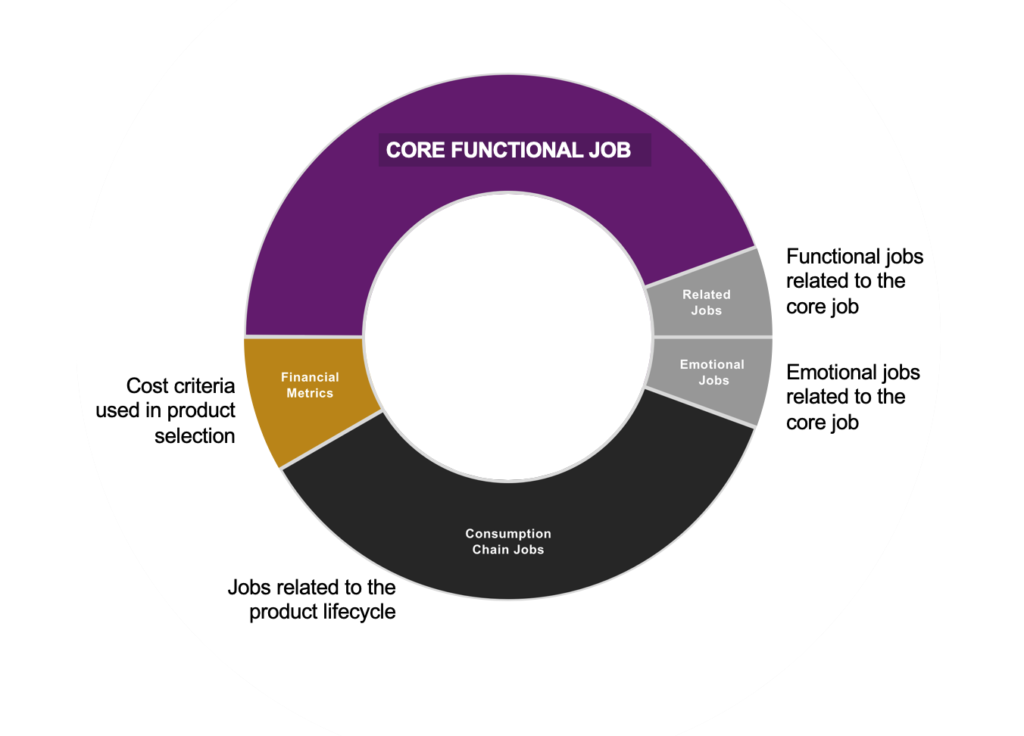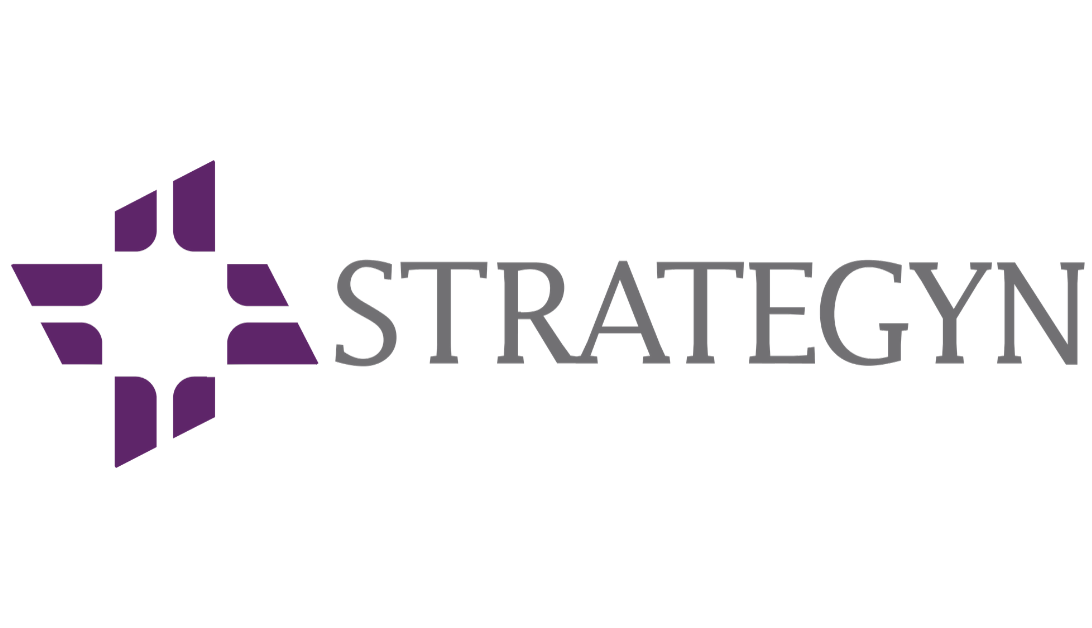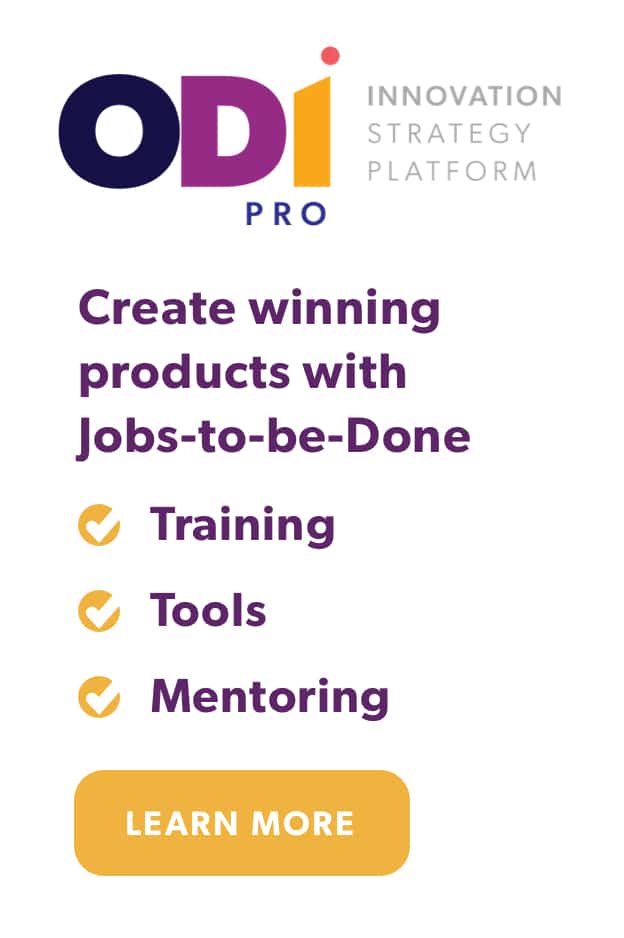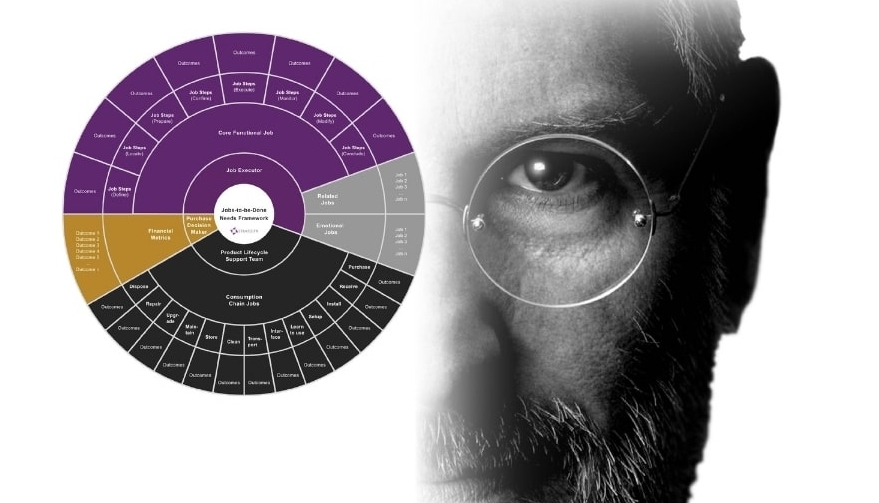Thomas Edison. Steve Jobs. Ben Franklin. Henry Ford.
Some people are born innovators. They innately understand how to come up with solutions that solve our challenges in new and better ways.
The first product Thomas Edison produced was a failure—it was a voting tabulation machine that the legislation didn’t want. He famously said after that, I will never again build a product people don’t want. And he didn’t.
How did he achieve that? He developed a mentality and a mindset that allowed him to create things that people wanted. He learned to Think Different, as Steve Jobs would say.
Are you a born innovator? Probably not. They’re exceedingly rare.
But that doesn’t mean you can’t think like one. In fact, it’s a choice—a lens you can choose to put on just like Edison and Jobs did.
The Lens of Jobs-to-be-Done and Outcome-Driven Innovation
You can choose to put on one of two lenses as an innovator:
- You can be focused on your product and how to make it better.
- You can be focused on the job the customer is trying to complete and how to help them get it done perfectly.
For example, you could be in the business of making kettles—and focused on how to make the best kettle, which has a natural limitation on the possibilities for improvement. Or you could focus on the job the customer is trying to get done—prepare a hot beverage for consumption. This lens frees you from the constraints of the kettle, and give you a much larger market to improve and grow.
Most companies take the first approach. They use tools like traditional voice of the customer, and conjoint analysis to predict the success of their innovations—but these tools are often solution oriented. They’re literally testing preferences for solutions, and putting constraints on how they define the market. This in turn limits their growth and leaves them open to be taken over by a new entrant to the market.
The second approach is the lens you need to adopt to make innovation easier and more predictable. Brands like Keurig and Nespresso have created innovative products that go beyond the kettle maker to create platforms that get the entire job done.
This lens will allow you to see your market in an entirely new way—including the customer needs that are underserved and the new solutions that can address those needs.
Through this lens, you will understand that…
- People buy products and services to get a job done
- People don’t want to cobble together multiple solutions to get a job done. They want a single solution that gets the entire job done.
- A “job” lens enables you to take your understanding of customer needs to the next level
The 5 Types of “Jobs” You Need to Understand
There are five types of jobs you need to analyze to understand what a customer is trying to accomplish and how they will judge your product or service. The better your solution can help a customer get these jobs done, the more valuable it will be to the customer.

1. The Core Functional Job
The core job is the reason people buy the product. Create a hot beverage for consumption. Restore blood flow in a clogged artery. Pass on life lessons to children. Maintain the health of my teeth. This job is stable and unchanging over time.
2. Related Jobs
Customers are often trying to execute related functional jobs at the same time they execute the core job. You want to know about these jobs so you can create a product that gets multiple jobs done on a single platform.
If I’m trying to maintain the health of my teeth, I may also be looking to keep my teeth white. This is a related functional job.
3. Emotional Jobs
Sometimes, people want to feel a certain way or be perceived a certain way as a result of using a product or service. Back to teeth, I may also want to be perceived as affluent. That’s an emotional job. If you know what emotional jobs are important, you can use this information to create emotional appeal for your products.
4. Consumption Chain Jobs
These are jobs related to the product lifecycle and product ownership. Whatever solution I purchase to help me maintain the health of my teeth, for example, may require ongoing cleaning and eventual disposal. These are consumption chain jobs.
5. Financial Jobs
These are the cost criteria that the buyer uses to decide if they want Product A or Product B. It might be important to me that I minimize the cost of product waste (in the bottom of the toothpaste tube, for example).
We’ve discovered over the years, with lots of experimentation, that understanding the core job just isn’t enough. Even when your product does a great job completing the core job, a competitor could swoop in with a solution that helps customers complete several related jobs, as well. Or perhaps your competitor better appeals to the customer’s emotional jobs.
You need to understand this entire set of 5 jobs to see clearly through your jobs-to-be-done lens—and to create the solution with the highest likelihood of success.
See Like the Born Innovators
The born innovators like Edison, Jobs and Ford have an intuitive sense that this is how innovation should be executed.
It’s as if Steve Jobs looked at this model in his head before creating the iPod.
He understood that there were multiple jobs we could get done with one device. Rather than simply solve for playing music, he designed a product that could also create playlists from various albums, change those playlists on the fly, quickly fast forward and rewind music, etc. The iPod also solved consumption chain jobs like making it simpler to buy and store your music. In other words, he built a platform solution that addressed all 5 types of jobs.
Ford also saw through this lens when he created the car instead of a faster horse. These innovators were thinking different.
You may not be a born innovator. But you can choose to see like one. Put a different lens on innovation so you can think like the innovators we all look up to—and see more success with creating breakthrough products.
Ready to go a level deeper? My next posts go beyond understanding the customer’s job to explain why you also need to define:



